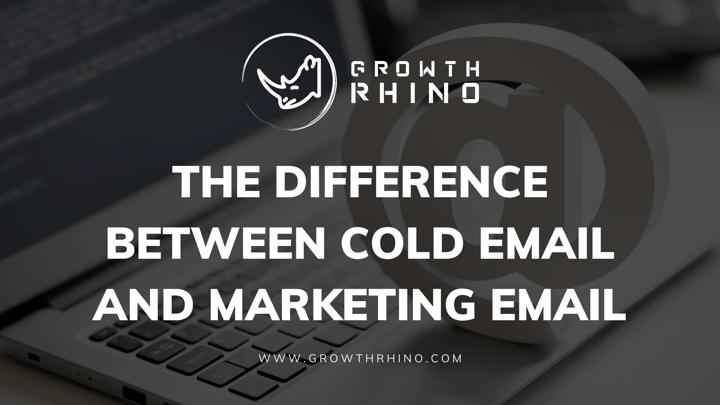
Versatility makes everything effective and email marketing is no exception. Tons of different kinds of emails exist just for you to choose from to send to your customers and prospects and get the results that you want. Using a CRM and an email automation tool, you can even get creative. The journey of email marketing really entails a little creativity and then doubling down on email engagement.
However, broadly, one can divide email marketing into two approaches. One would be the cold approach and the other would be the marketing approach. While it’s easy to get confused, both of these are different from each other in many ways but at the same time, equally important.
In short, even if both the approaches involve sending emails, they are different in factors like tactics, tools, and use cases. Here, we’ll help you understand the differences, their benefits, and even the common mistakes that happen while executing these two.
Cold Email and Marketing Email: Basic difference
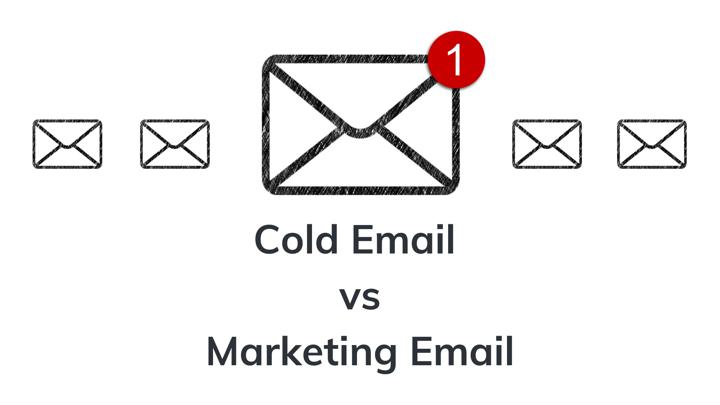
These terms cannot be used interchangeably because of one really basic difference and that is the objective attached to them. Simply put, you will get no response to your cold emails that look like marketing emails.
Clients, customers, or consumers subscribe to marketing emails on their own when they are either fans of your products/services or fans of your informative and helpful content. Brands use various website forms or landing pages for their customers to opt-in for such emails. These emails are a way to engage and retain your existing customers and include sending them educational resources that move them through their buyer’s journey.
On the other hand, a cold email is to reach out to a potential customer. They can be a person who has maybe never heard of your brand or even interacted with you before. So the objective of sending cold emails is to pursue potential new leads with the expectation to turn them into paying clients.
But that’s just touching on the subject. Let’s discuss further.
What are Cold Emails and who sends them?

Cold emailing is the text version of cold calling. Cold emails are as unsolicited as cold calls are. You send cold emails to prospects you don’t know from before and have never spoken to. Just like cold calling, cold emailing is a way of communication used as a ‘touch point’ for outreach and sales prospecting. It falls under the category of outbound sales or marketing where direct reaching out to customers is involved.
Who sends cold emails?
Sales teams and sales professionals are the people who most definitely will use cold emailing to succeed in their sales plans.
What are Marketing Emails and who sends them?

A marketing email or one can call it an email campaign or even a newsletter, is a commercial email sent to many recipients referred to as an email list. The recipients are always your email subscribers. As mentioned earlier, people who are receiving marketing emails have shown interest in your content and have by choice opted-in. Marketing emails fall under the category of inbound marketing where the senders have to send valuable content because they need to keep the recipients engaged. This brings us to the next question.
Who sends Marketing Emails?
The marketing team of a brand sets up the marketing campaigns and the inbound funnel. Even though the goal of marketing emails is both sales and retention, the marketing team’s job is to also align these emails with all the other moving parts of their strategy.
Differences between Cold Email and Marketing Email:
Here are the important differences between Cold Email and Marketing Email you must know about
1) Recipients of the email:
One very noticeable difference between marketing emails and cold emails is that in the former, you have email lists that a team has maintained over the course of many customers having subscribed to their content and in the latter, you have to send the email to prospects who might have never heard of your brand. Cold emails help in networking and marketing emails help not only in sales but also engagement and retention.
2) Purpose of the email:
The purpose of cold emails is to network. It is all about starting a conversation. This may or may not in the future result in a business relationship or even a business deal. When you send a cold email, you can’t expect the recipient to open the email and click on the links you have in the text inside. You want them to actually respond to you so that you can start a conversation.
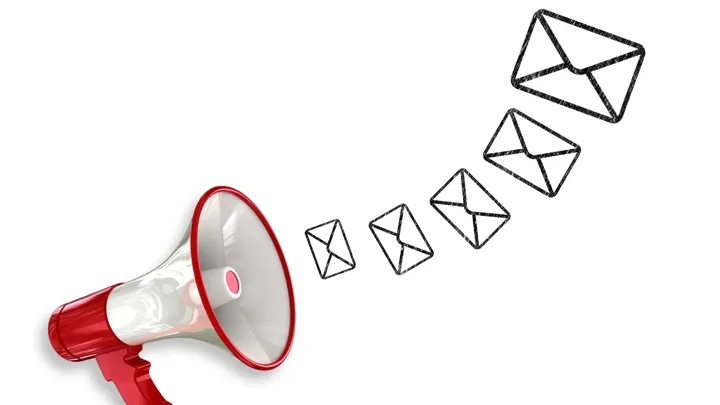
Marketing emails usually are about the buyer’s journey to another piece of content. It can be a blog, a PDF, a landing page, or even a podcast. The aim is to regularly provide value to your subscribers’ inboxes. That way they will be connected to your brand. They can any time get interested and use your solution if they are not yet using it. So one can say that marketing emails are sent to nurture your potential customer's relationship with your content, niche, and of course, your brand.
The sales team should send cold emails as a part of their sales process and the marketing team should send marketing emails as a part of the marketing process. Clearly, both of these communication methods do in a way depend on each other. However, even if the processes surely interweave, as earlier mentioned, no brand can expect to grow their sales when they are sending marketing emails to their cold prospects.
3) Level of personalization:
Marketing emails do not demand a high level of personalization. But instead of personalization, the recipients will expect high-quality content. They are aware that they are going to receive emails because at some point in the past they have subscribed to your newsletter through some landing page or a website form or even your brand’s blog page. The recipients will probably know that the marketing emails they are receiving are sent by some kind of automation tool.

On the contrary, cold email recipients expect a level of personalization. It won’t end at knowing their names. You have to research their interests, their product and even be specific about what troubles they might be facing that only your solution can solve. The level of personalization reaches a point where you may not want to send these emails in bulk. And even if you intend to, make sure you put all the people sharing the same interests on one list. While marketing emails are about the juiciest sentences about your brand, on the other hand, cold emails are about writing sentences where they are at the center of attention. One might think that thinking from the perspective of your customer is just being vain, but doesn’t everyone want to know what others think about them? That’s how emotions work and that’s what marketing does; it touches emotions.
4) Sending frequency of the content:
Marketing teams have to send marketing emails regularly in their email list inboxes. These emails are about making your brand live in the minds of the recipients always. As earlier mentioned, recipients most probably know that these emails are automated so they also expect to receive these emails regularly.
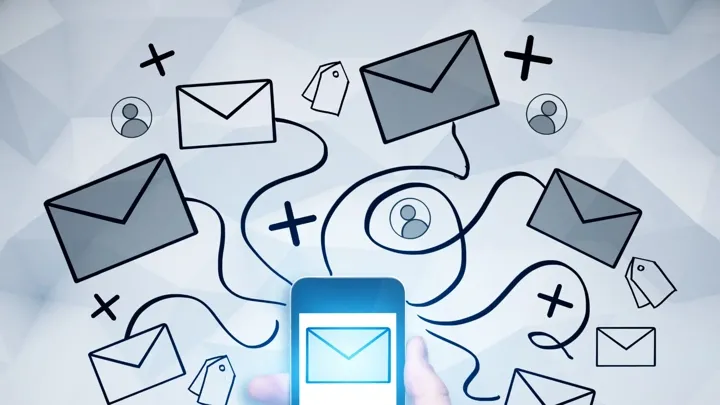
On the other hand, recipients of cold emails are not hoping to receive an email from you at all. So the frequency would be way less in comparison. Follow-up emails depend on various factors like who has opened the email, who has responded to the email, or who has left the email unattended. So clearly, follow-up emails have to be sent individually. Cold emails are not meant to look like they are sent using an automated tool by any means. That will include not sending cold emails every 3rd day of the week or every Thursday of the month because it would not look personal at all.
What is the difference in common mistakes made in Cold email and Marketing mail?
Cold emails and marketing emails have benefits of their own. But you cannot reap them if you do not do them right. Let’s discuss some common mistakes made while using these forms of communication.

Mistakes to avoid in cold emails:
If you do not want recipients to mark your cold emails as spam, these are the points to be taken into account:
- Not telling the benefits of the product and instead sharing an exhaustive list of features
- Not having a crystal-clear CTA
- A lot of fluff in the email body
- Not defining the ‘from’ name
Mistakes to avoid in marketing emails:
Now, let’s discuss some mistakes that you may want to avoid so that your email marketing campaign meets the customers’ expectations:
- Attaching or using too many photos or graphics
- Not following up
- Not turning your email template mobile-friendly
- Not tracking campaign metrics
How Cold email and Marketing emails are different in their benefits:
So now that we have mentioned the mistakes that you should avoid, let’s discuss some of the benefits that you will reap if you are avoiding those mistakes.
Did you know that the ROI of email marketing is 4200%? And when it comes to cold emailing, 78% of people in the decision-making position feel that cold emails are successful not only in starting a conversation but also in scheduling a meeting.
Here’s a list of the benefits of marketing and cold emails:
Benefits of marketing email:
Marketing emails are mostly attractive because they scale. The fact that marketing emails give you the opportunity to convert an audience that you have built into subscribers is unmatchable. After all, what can compete with automatically reaching infinite prospects with targeted campaigns?
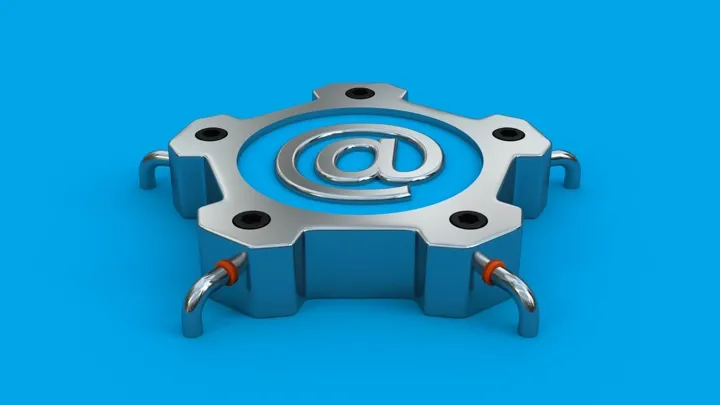
The level of scaling in marketing emails reaches the point where sales happen even when you are asleep once you set up the campaign on an automation tool.
Further, for a fact, one doesn’t often face rejection through marketing emails. The unsubscription emails are way less painful than the rejection one gets in cold emailing. Also, a nasty response once in a blue moon doesn’t make a huge difference. One gets the feedback and chooses whether or not to work on it. Here’s a list of benefits of marketing emails:
- It helps to estimate the engagement of the recipients with your brand.
- Leads can be converted into paying customers.
- Email marketing helps to build trust between your brand and your audience.
- Marketing emails help your brand stay connected with the subscribers of your newsletter.
Benefits of cold emails:
Cold emails are mostly known for their speed. If you are reaching out to a prospect directly with a personalized email, you can move them along the sales funnel faster than other means of reaching out to a prospect.

There are plenty of people doing a not-so-commendable job with drafting cold emails that are opened and responded to. So the opportunity to win over so many other brands and take the market share is bigger and better.
Finally, sales teams do not need an audience to make sales with email outreach. You won’t need ads. All that you have to have is the will to put in an effort, one prospect at a time. Here’s a list of benefits of cold email:
- You get prospects in the sales funnel and get started with the sales cycle.
- It helps you build email lists for your marketing email campaigns.
- It helps you network and thus increases the reach of your brand.
- It may even help you convert prospects who are using your competitive brand.
Conclusion:
We hope this article has helped you understand the different purposes of marketing and cold emails. While one is to connect with new prospects who haven’t heard of your brand, on the other hand, the other is to build an existing relationship with your clients. Utilizing both approaches as they are intertwined, marketing and sales teams can build a dual marketing strategy where they cover all their bases and set up your brand for additional success.
